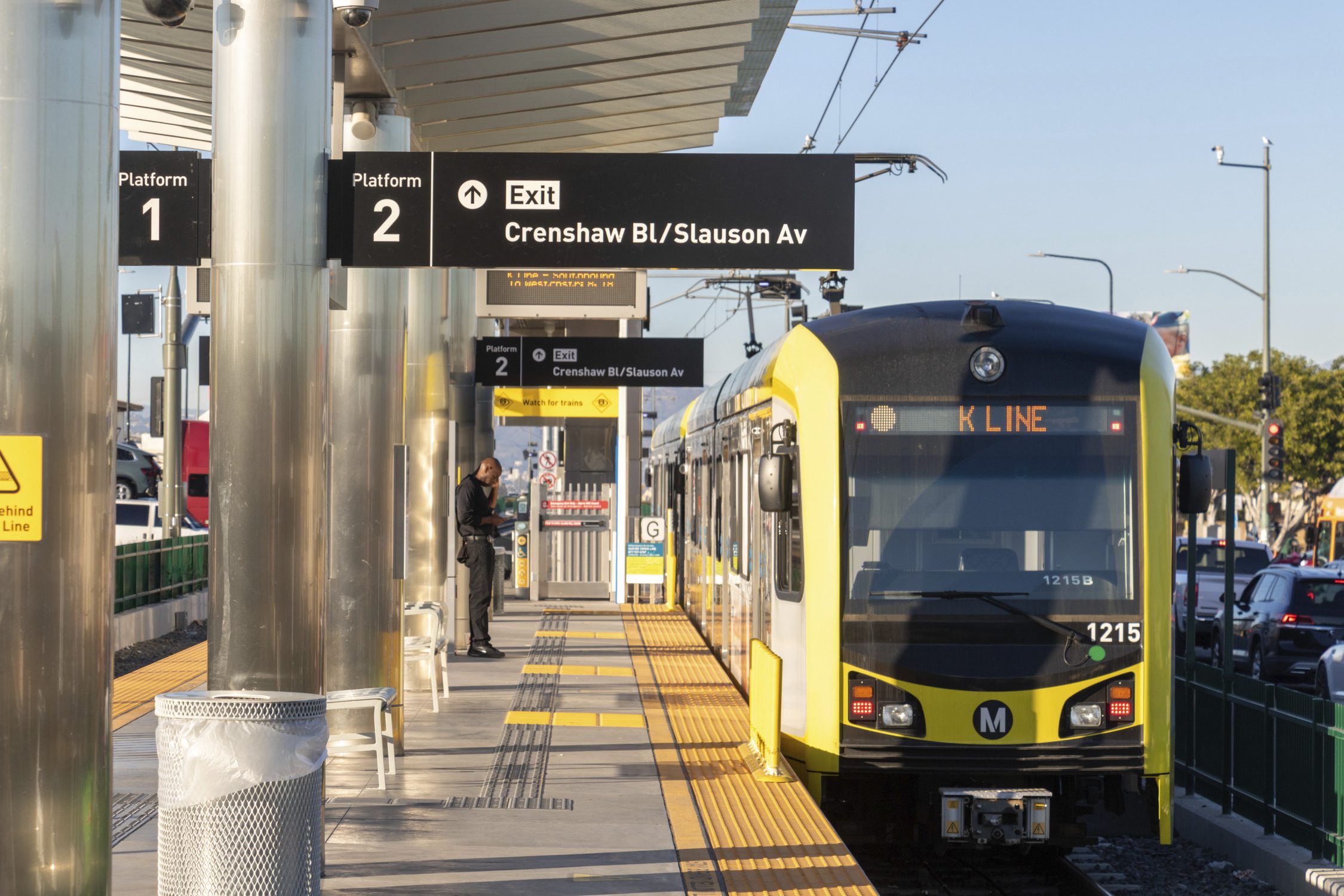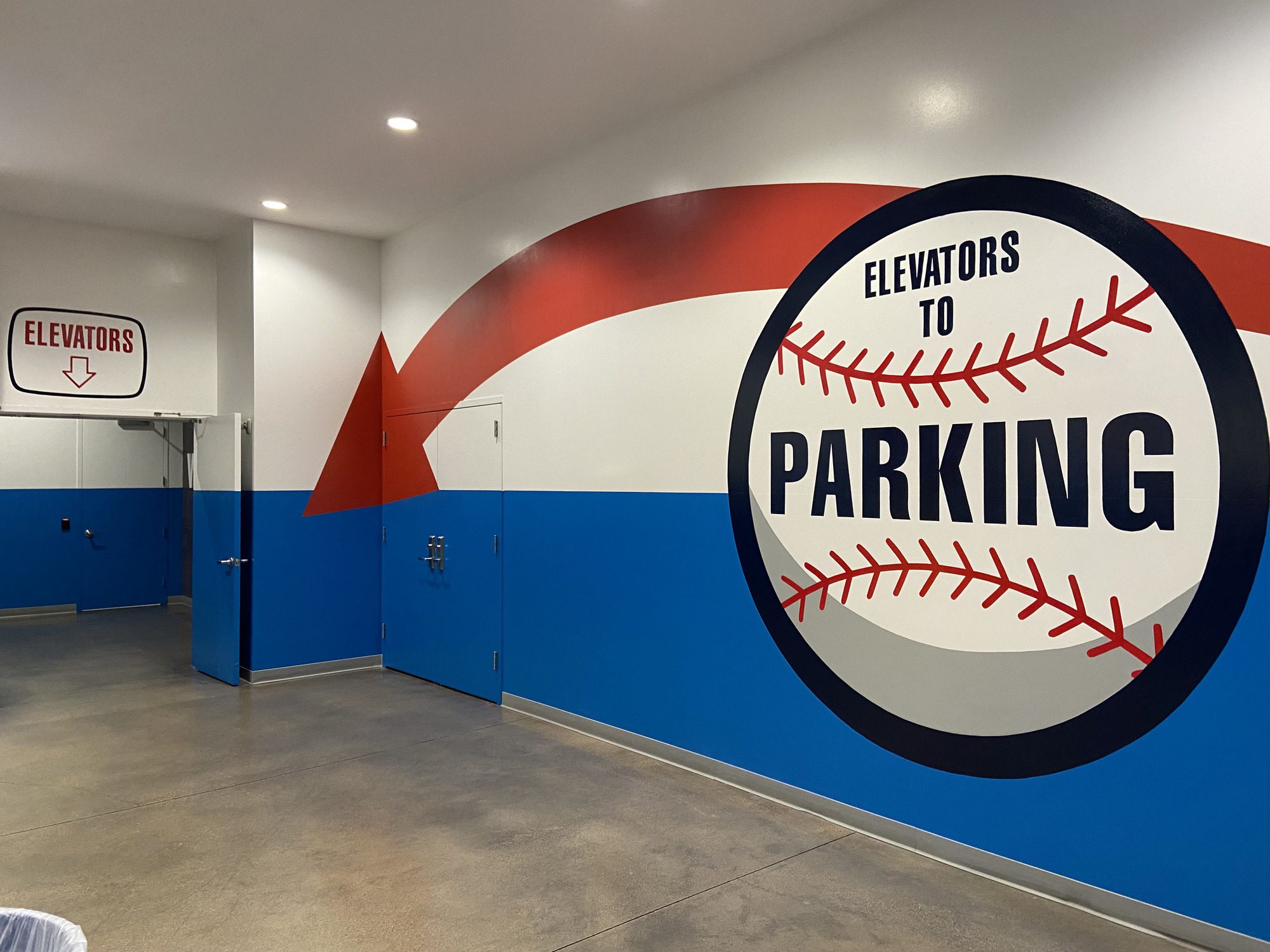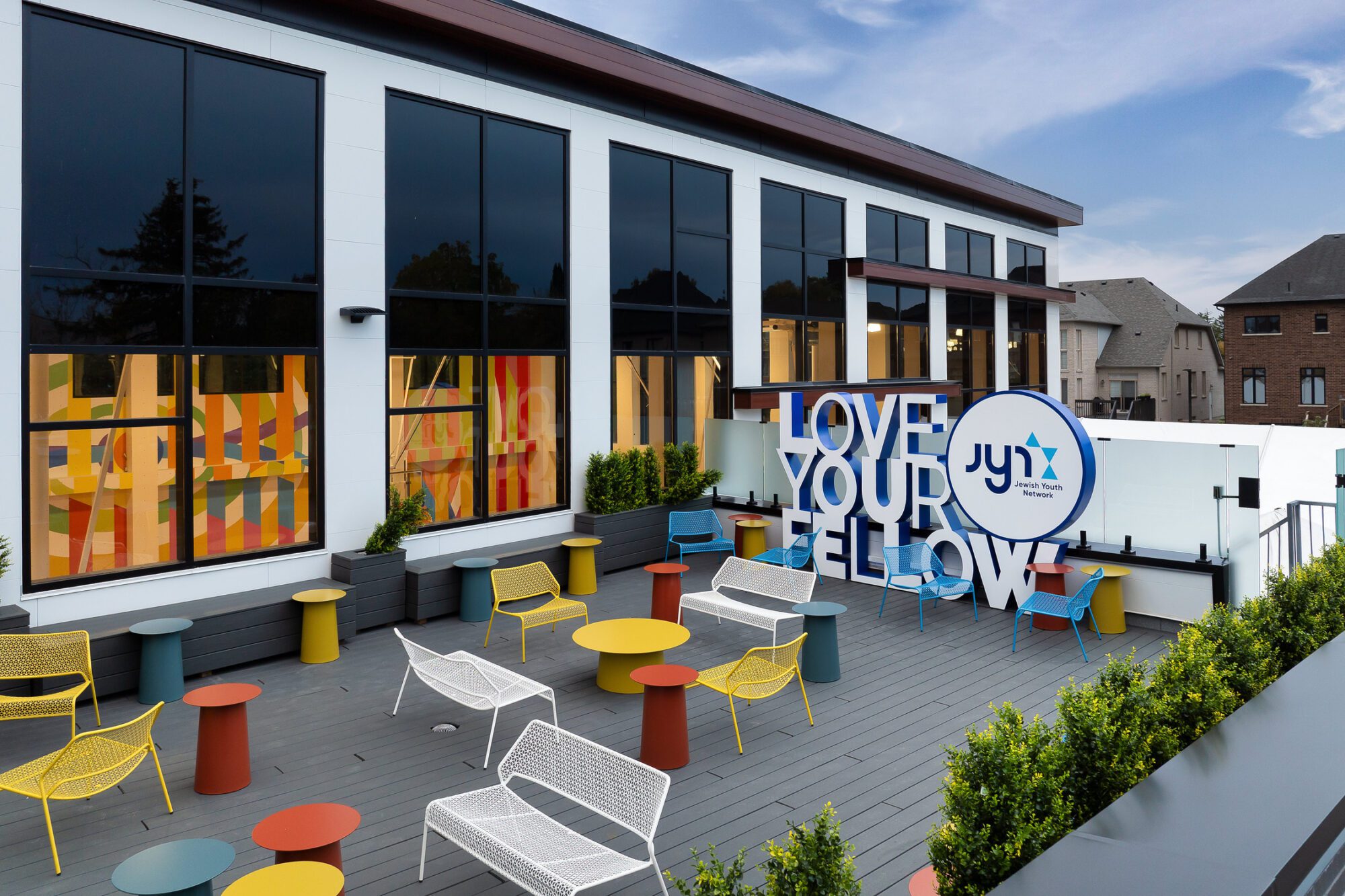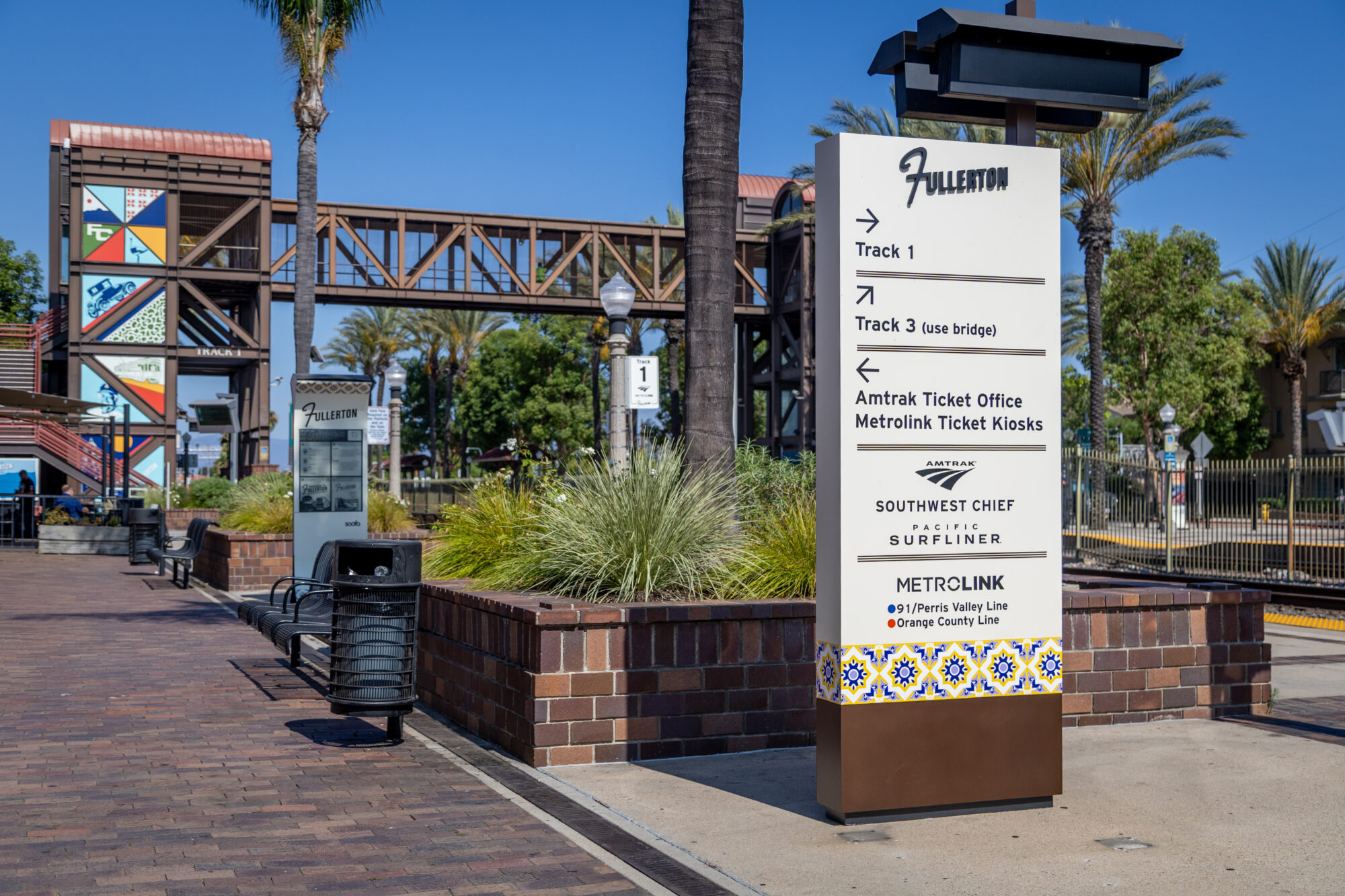The beauty of trains, trams, and other forms of public transportation extends well beyond getting from one place to another. The benefits extend beyond reducing traffic and doing our part in lowering greenhouse emissions. The real beauty is that they connect communities and the people within them with one another.
Such is the case with the K-Line in the Los Angeles Metro public transportation network. Serving the communities of West Adams, Jefferson Park, Baldwin Hills, Leimert Park, Hyde Park, Inglewood, and Westchester, to name a few, it also will connect all of these neighborhoods with the new LAX/Metro Transit Center providing access to the Los Angeles International Airport: the Gateway to the City of Los Angeles.
One may think that Metro Lines are just another public works project. Yet, as you will see below, connecting communities has many complexities and challenges.
One of these complexities is that in connecting all of these wonderful and varied communities, their input… local voices, and valued perspectives were necessary to ensure that this latest addition to the Metro system served the needs of the community. The community input must be gathered, unified, and ratified into a cohesive and complete system design.
Another challenge in connecting communities is seen in the very long design and build cycle times involved. Due to their vast nature, these projects can span 5 years or more. These long timelines are a strain upon all involved, and many companies are not in a position to stay engaged in projects of such scope, length, and magnitude. Therefore choosing partners who have demonstrated success in large-scale, long-cycle, multi-faceted projects is essential to their ultimate success.
As part of the Walsh-Shea Corridor Constructors design-build team, HNTB, and Selbert Perkins Design collaborated with Metro to develop a unified, comprehensive branded signage system for eight Metro K Line Stations along the Crenshaw/LAX Transit Corridor. The system was among the first to implement new Metro Signage Standards.
The wayfinding reinforces the Metro identity, increases brand recognition within the stations, and fosters an easily accessed and maintained environment with a high level of safety and cleanliness, which encourages greater use of the Metro transit system.
Adding to the complexity of these projects is the enormity of contractors, sub-contractors, and suppliers required to complete these projects successfully. HNTB and Walsh-Shea did a magnificent job creating the systems, processes, clear milestones, and quality assurance along the way.
Selbert Perkins Design is delighted to play a role in the success of the K-Line and in all projects that help connect communities.



